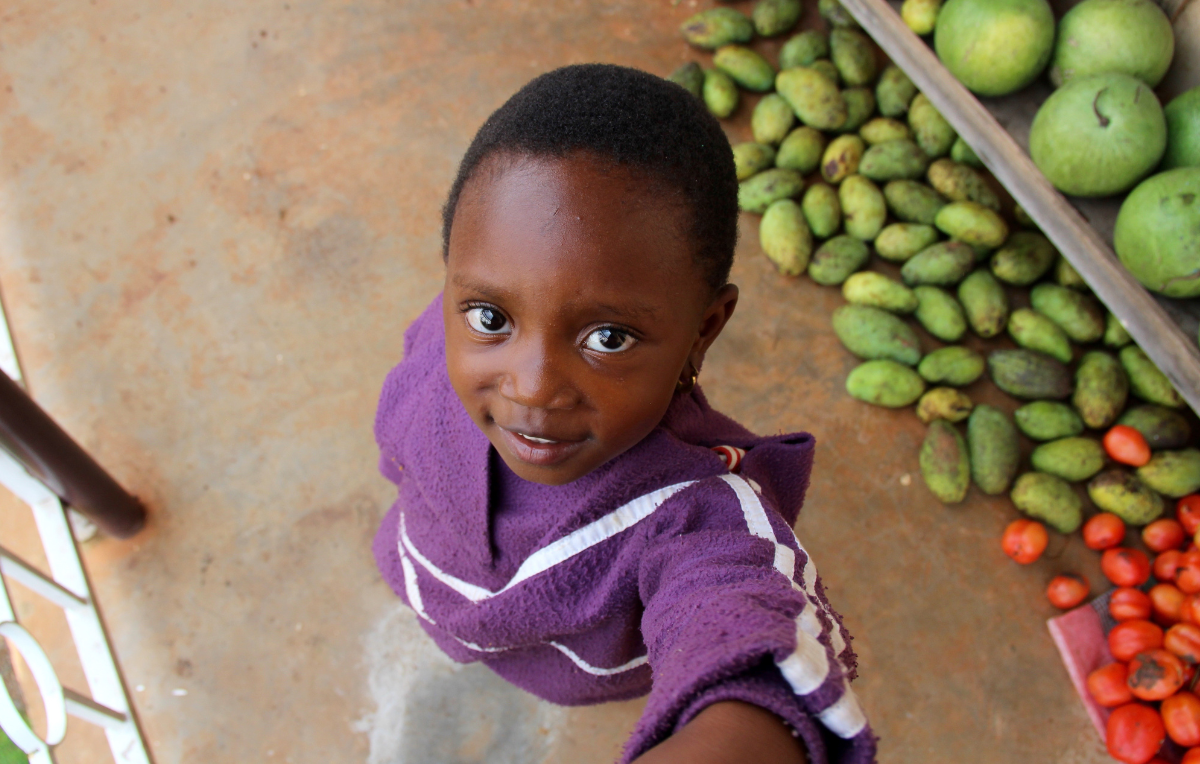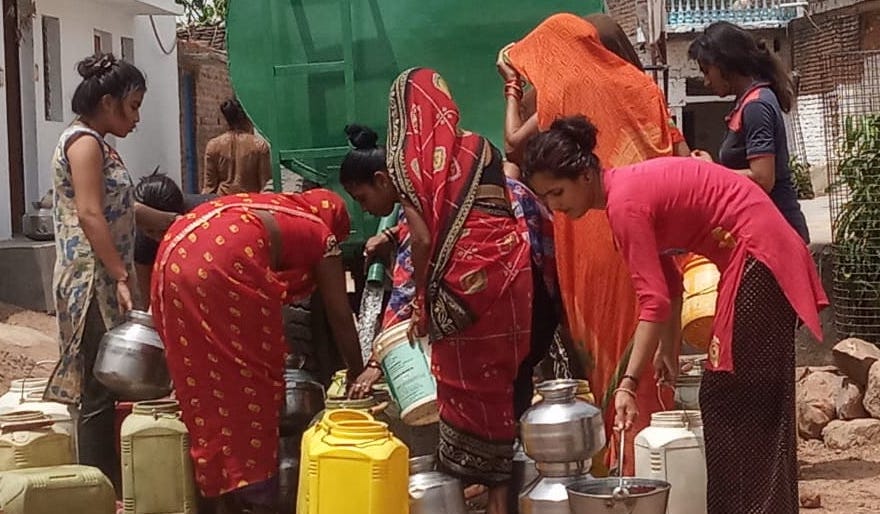The annual Mount Cameroon Race of Hope is recognized the world over as one of the most grueling challenges in athletics. Covering 26 miles and an elevation change of over 20,000 feet, the race puts athletes through tropical rainforest trails, brushland, and a maze of lava ribs on the unforgivingly steep slope of the active volcano face. But the chance to win a share of the prize money and be recognized by international scouts is an alluring one, and each year athletes from all around the country, many with nothing more than the clothes on their backs, flock to Buea Town looking to prove themselves on the mountain.
For the athletes of the Milano Kumbo Sports Academy, a nonprofit based in Kumbo, the mountain became a test of character as well as endurance.
Milano Kumbo was founded in 2003 by Kumbo High Court President Roland Mbenkum. Inspired into action by his experience on the bench sentencing local adolescents for petty crimes, Mbenkum started the academy to provide support for up-and-coming athletes and to create a healthy outlet removed from drugs and promiscuity. As a coach, he demands that each of his athletes adhere to a strict moral code on and off the field.
Since being introduced to the academy in 2007, Himalayan Institute Cameroon has contributed T-shirts, books, sneakers, training equipment, and, in 2008, airfare and lodging for four athletes to compete in the Boston Marathon. Since then, Milano Kumbo has adopted “Help Africa Move Forward” as a motto and unofficial uniform.
For the Mount Cameroon race, the Himalayan Institute donated mattresses and sleeping bags. A mattress can make a world of difference to a group of athletes cramped in a drafty motel room, but the gear was absolutely essential for the members of Milano Kumbo’s two relay teams who spent a night in sub-freezing temperatures and gale force winds in aluminum huts on the mountainside.
Unfortunately, the mountain itself was not the only challenge. Disorganization among the race’s organizing committee turned registration into a lengthy process in which athletes were required to wait past midnight in government offices the night before the race in order to receive their numbers.
The disorganization of the race even led to the near-disqualification of its first-place finisher, Ernest Momo.
When Momo entered the stadium at 11:46 a.m., he was ignored by officials and media alike. He had been running in the senior male category with a yellow shirt, the color assigned to junior girls. Even worse, no one stationed at the mountainside checkpoint huts remembered seeing him. The stadium officials were set to crown second-place Godlove Gabsibuin as king of the mountain. Then Januarius, 37, of Milano Kumbo spoke up.
Momo was among the top 15 runners in the final leg of the ascent, he told them. As the first man to reach the summit, Januarius was in a unique position to observe each of his competitors as he descended. In speaking up, Januarius dropped from third place to fourth place, relinquishing a bronze trophy and 500,000 FCFA in prize money, but he was nonchalant. “This man passed me in the final three kilometers of the race. He won the race, and that’s all,” he told one reporter.
In the end, through a nonstop 60-hour registration process, and despite only getting three hours of sleep the night before the race, the Milano Kumbo team overcame and triumphed on the mountain. Their athletes took first in the relay, first in the junior female category, first in the over-40 category, third in senior female, and fourth in senior male. Of the 15 trophies available in the national race (awarded to the top three in five categories), 10 were claimed by natives and residents of Kumbo.
For their part, the athletes stood humble and reserved as they accepted their awards before a cheering crowd in the stadium. The true impact of their success won’t be visible until months from now, when Januarius is able to pay his children’s school and doctor fees, or when Nadeche combines the winnings of her last four Mount Cameroon races towards tuition at a Division I university in the US.
The Himalayan Institute recognizes that the solution to poverty cannot be delivered by any one organization or initiative. It takes the combined efforts of a united community to provide positive and productive opportunities for its youth. Himalayan Institute Cameroon is proud to work with the Milano Kumbo Sports Academy, an organization that has proven that athletic success is a product of—not a substitute for—outstanding character.
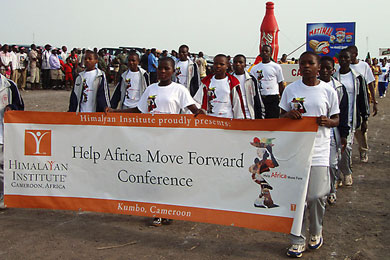
The athletes of the Milano Kumbo Sports Academy march in the athletes’ parade at Molyko Stadium.
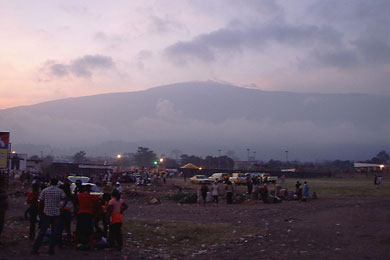
The King of Mountains: At sunset the night before the race, the winds shift and reveal Mount Cameroon to the onlookers in Molyko Stadium. The true summit is on the opposite side of the mountain.
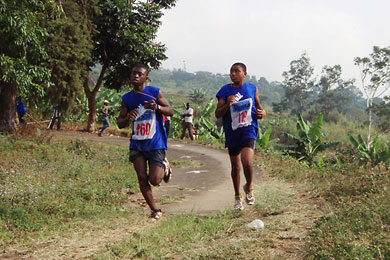
At the top of her game: Nadeche Wirnkar pounds down the final series of switchbacks, looking calm and confident as she overtakes the winning males in her age bracket.

